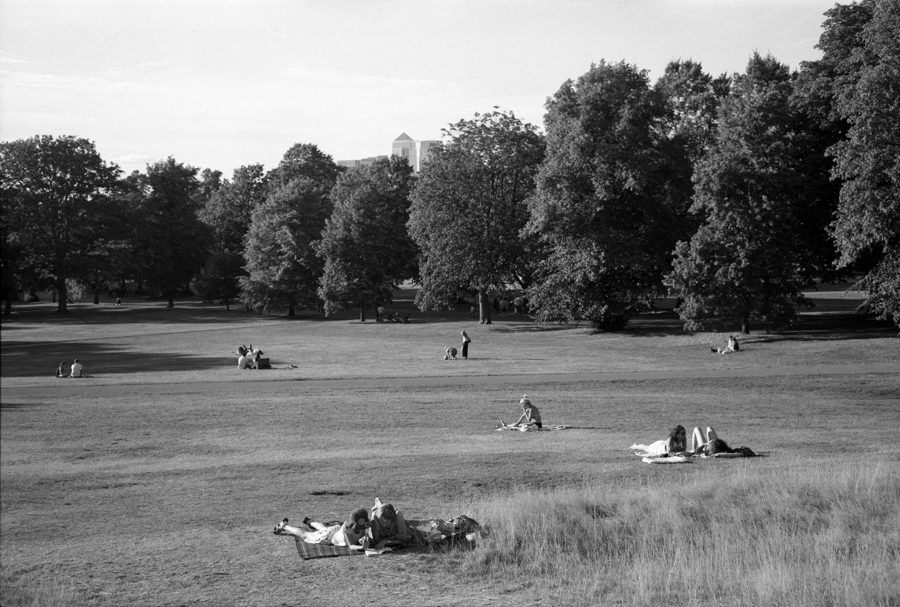A bit late, but I thought I give my response to the OP.
I bought a GW 670 III a couple of month ago, used it during my last Europe trip, and am quite happy with it.
Here are some of my test pix (Europe pix not done yet):
http://1drv.ms/1TIa37L
Shot with Fujifilm Reala 100, great film, although now unfortunately discontinued.
Here my answers to the questions:
1) People's priority is not about printing which is where the main advantage of a 6x9 negative comes from, but rather digitally sharing.
I bought the 6x7 because I project slides, and 6x7 slides are the only ones that fit... otherwise I would have probably gone with the 6x9.
2) The production numbers of the series was very high.
Who cares? I don't buy cameras because they are rare.
3) The camera is heavy and inconvenient to shoot with.
For a medium format not really that heavy at all (1460g). I do prefer the Plaubel Makina 67 for hiking etc., since I can retract the lens and the resulting flat "package" is easier to handle. But it's really not that big of a deal with the GW670III. The Makina weighs almost the same (1345g) and the Mamiya 7 weighs 1210g with the 80mm lens.
4) Stiff competition from the Mamiya Rangefinders (even at 4x the price). People also love the jewel-like-quality of the Hasselblad 500 series.
I never liked the handling of the Hasselblads. That's of course a personal preference, but for me, a rangefinder is much nicer for composing and holding/handling. I had the Mamiya 7, sold it... I found the lenses too contrasty, although I loved the sharpness. It also needed to be fixed twice in the one year that I had it... the Fuji camera seems to be more robust, although only time will tell.
5) Medium format is better suited for SLRs for critical focusing in a studio situation.
I don't do studio stuff... and I prefer a rangefinder for landscape, because it is easier to transport when hiking. I do wish I had another lens at times though. Focus has always been spot-on with the GW670III so far.
6) No meter. Lack of any automation.
This was the reason why I hesitated for a while, but now that I used it with a meter (Gossen Pilot), I must say it's really quite quick and easy, at least if you don't shoot in a lot of light-changing environments or street shooting where you want to be quicker.
7) Medium format is unpopular.
Not with me... there is so much detail in medium format, it's just freaking awesome... you just need the right scanner or projector to prove that.
8) The 'ping' noise of the GW series (which is not* due to the shutter counter btw... this myth needs to die).
Doesn't bother me. I actually kind of like it. And since I don't do street photography, it's not a problem at all for me.
What you do get with the Fuji Medium format series is a solid camera with a great lens, that is super easy to use and gives wonderful results. And that's what photography is all about for me... shooting with a camera that's fun to use, and getting great results.
For the (used-) price of a Fuji MF camera, they are hard to beat!


